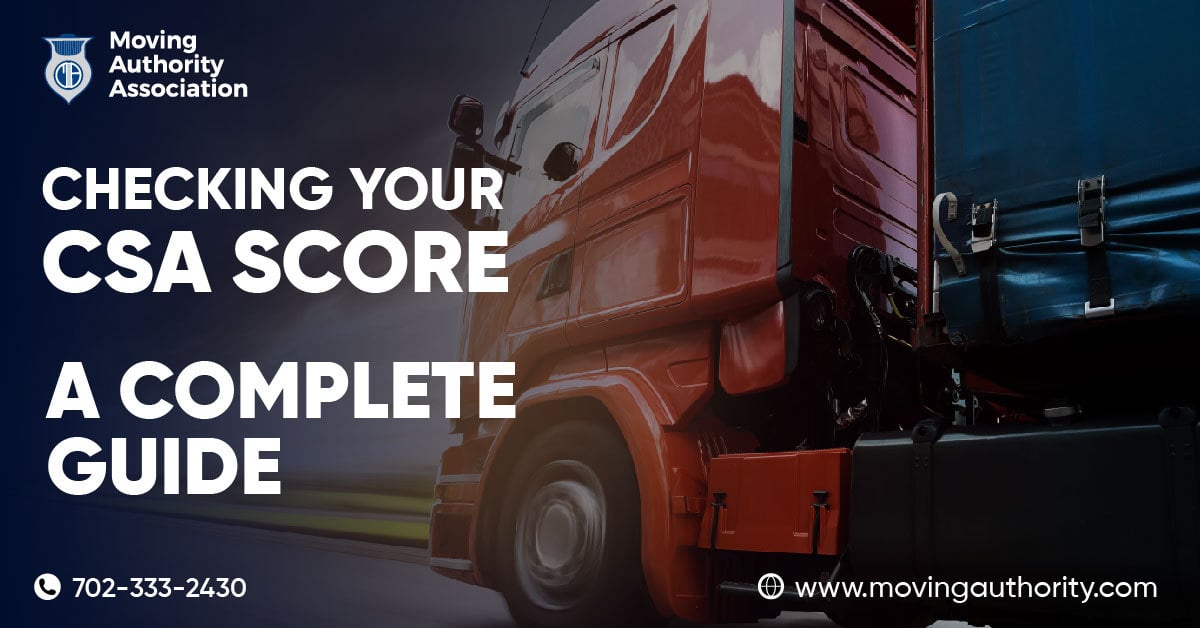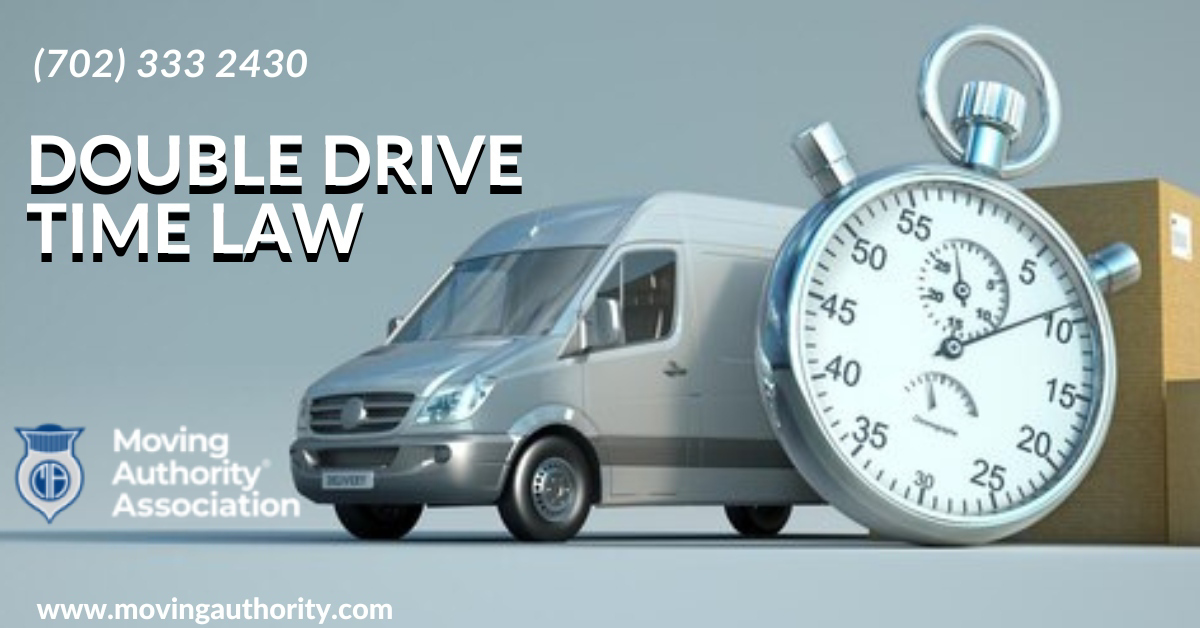
Checking Your CSA Score, A Complete Guide
If you're a truck driver or carrier, you know that your Compliance, Safety, and Accountability (CSA) score is a crucial measure of your safety and compliance record. Learn more about Starting a Trucking Company. Maintaining a good CSA score is essential for keeping your business running smoothly, staying compliant with FMCSA regulations, and getting the best possible insurance rates. But how do you check your CSA score and understand what it means? In this guide, we'll break down everything you need to know about checking your CSA score, including what it is, how it's calculated, and how to improve it. Do you Want to know the BOC-3 Filing? Whether you're a new driver or an experienced carrier, this guide will provide you with the tools and knowledge you need to manage your CSA score effectively.
The Main Purpose Of CSA
The main purpose of CSA is to improve safety on the roads by identifying high-risk carriers and drivers and encouraging them to adopt safer practices. CSA, or Compliance, Safety, and Accountability, is a program administered by the Federal Motor Carrier Safety Administration (FMCSA) that measures the safety performance of carriers and drivers. Learn more about Biennial Update. The program uses the Safety Measurement System (SMS) to assign scores to carriers and drivers based on their safety performance in seven categories, known as BASICs. The SMS data is used by FMCSA to prioritize carriers and drivers for interventions, such as safety reviews, to help improve safety on the roads. Overall, the goal of CSA is to reduce crashes, injuries, and fatalities involving commercial motor vehicles.
How The CSA Score Is Calculated
The CSA score is calculated using a complex algorithm that takes into account a variety of safety factors related to commercial motor vehicle operations. Read more about Broker Freight Package. The algorithm uses data from roadside inspections, crash reports, and other safety-related information to assign scores to carriers and drivers across seven categories, known as BASICs (Behavioral Analysis and Safety Improvement Categories).
Each BASIC has its unique set of violations and safety-related events that are tracked and scored. The seven BASICs are: Unsafe Driving, Hours-of-Service Compliance, Driver Fitness, Controlled Substances/Alcohol, Vehicle Maintenance, Hazardous Materials Compliance, and Crash Indicator.
The CSA score is calculated by assigning points to each violation or safety-related event within each BASIC. The severity of the violation or event determines the number of points assigned. Points are weighted based on the time since the violation occurred, with more recent violations carrying heavier weight.
The number of points assigned to each BASIC is then compared to other carriers or drivers with similar operations to determine a percentile rank. Do you want to know Broker Mover Package information? The percentile rank is used to compare the safety performance of carriers or drivers within the same industry.
How to Check Your CSA Score
Checking your CSA score is an important step in monitoring your safety performance as a carrier or driver. To check your CSA score, you can visit the FMCSA's Safety Measurement System (SMS) website and enter your USDOT number or MC number. The SMS website will provide you with your safety performance data, including your CSA score, safety event group information, and any related violations or crashes. You can also view detailed information on the BASIC categories that make up your CSA score, allowing you to identify areas of improvement.
Another way to check your CSA score is by using third-party safety rating services, such as Vigillo or Carrier411. These services provide additional insights and analytics on your safety performance and can help you identify specific areas of improvement for your safety program.
It's important to note that checking your CSA score regularly can help you proactively address any safety issues and maintain a good safety rating. By identifying areas of improvement and taking steps to address them, you can reduce the risk of FMCSA interventions and improve your overall safety performance.
How CSA Scores Impact Carriers And Drivers
CSA scores can significantly impact carrier and driver safety ratings. These scores can affect a carrier's reputation and ability to secure new business opportunities, and can also impact a driver's employability. Do you want to know CA Number? A high CSA score can also lead to increased FMCSA interventions, which can further impact a carrier's operations and profitability. It is crucial for carriers and drivers to understand the impact of their CSA scores and take proactive steps to maintain a good score.
The relationship between CSA scores and FMCSA interventions is strong. Carriers with high CSA scores are more likely to receive interventions from the FMCSA, which can range from warning letters to audits and even enforcement actions. The FMCSA uses CSA scores as a tool to identify carriers that pose a safety risk and need additional oversight. Drivers with high scores may also be subject to increased inspections and intervention from law enforcement.
CSA scores can also impact carrier insurance rates and coverage. Insurance companies may use CSA scores as a factor in determining the premiums and coverage offered to carriers. Carriers with high scores may face higher insurance premiums or be subject to exclusions or limitations in their coverage. Know what is Carrier Agreement. Maintaining a good CSA score can help carriers secure better insurance rates and coverage, which can ultimately contribute to their overall success and profitability.
Useful Tips For Improving Your CSA Score
Improving your CSA score requires a proactive approach to compliance and safety. Here are some useful tips to help you improve your score:
First, make sure to keep accurate and up-to-date records of all safety-related activities. This includes driver logs, maintenance records, and training documentation. Having a well-organized record-keeping system will help you quickly and easily address any compliance issues that may arise.
Second, prioritize ongoing driver training and education. By providing regular training on safety practices and regulations, you can help your drivers stay up-to-date and informed, which can lead to fewer violations and a better CSA score.
Finally, consider investing in safety technologies such as onboard cameras, driver monitoring systems, and electronic logging devices. These technologies can provide valuable data and insights into driver behavior, vehicle performance, and compliance status, allowing you to proactively address safety issues and maintain a good compliance record.
Carriers and drivers must prioritize compliance and safety to ensure a successful and sustainable business. Read more about the Claims Package. This includes maintaining a good CSA score, managing violation points, and addressing any safety issues promptly. It is important to stay informed and up-to-date on regulations and best practices in the industry.
All carriers and drivers must understand the importance of compliance and safety not only for their own benefit but also for the safety of everyone on the road. This can be achieved through ongoing training and education, implementing safety technologies, and regularly reviewing and updating safety policies and procedures.
By prioritizing compliance and safety, carriers and drivers can not only improve their CSA score and avoid penalties but also increase their business opportunities, reduce insurance costs, and ultimately ensure the well-being of all those involved in the transportation industry.





